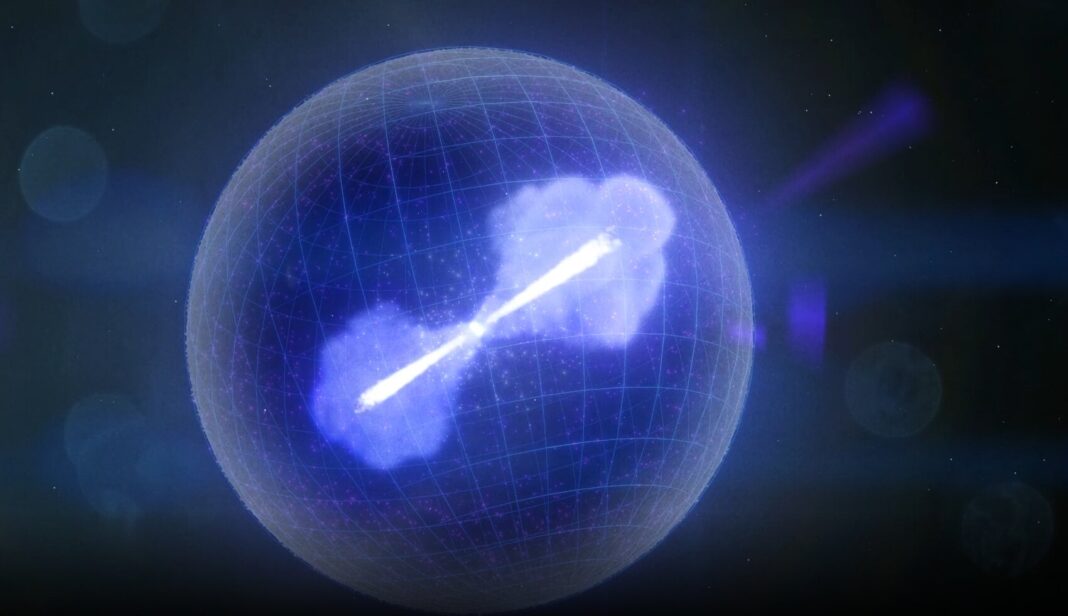NASA’s Fermi Gamma-ray Space Telescope detected a pulse of high-energy radiation that had been racing toward Earth for nearly half the present age of the universe, reports Phys.org. Lasting only about a second, it turned out to be one for the record books – the shortest gamma-ray burst (GRB) caused by the death of a massive star ever seen. GRBs are the most powerful events in the universe, detectable across billions of light-years. Astronomers classify them as long or short based on whether the event lasts more or less than two seconds. They observe long bursts in association with the demise of massive stars, while short bursts have been linked to a different scenario. “We already knew some GRBs from massive stars could register as short GRBs, but we thought this was due to instrumental limitations,” said Bin-bin Zhang at Nanjing University in China and the University of Nevada, Las Vegas. “This burst is special because it is definitely a short-duration GRB, but its other properties point to its origin from a collapsing star. Now we know dying stars can produce short bursts, too.”
https://phys.org/news/2021-07-fermi-supernova-fizzled-gamma-ray.html


